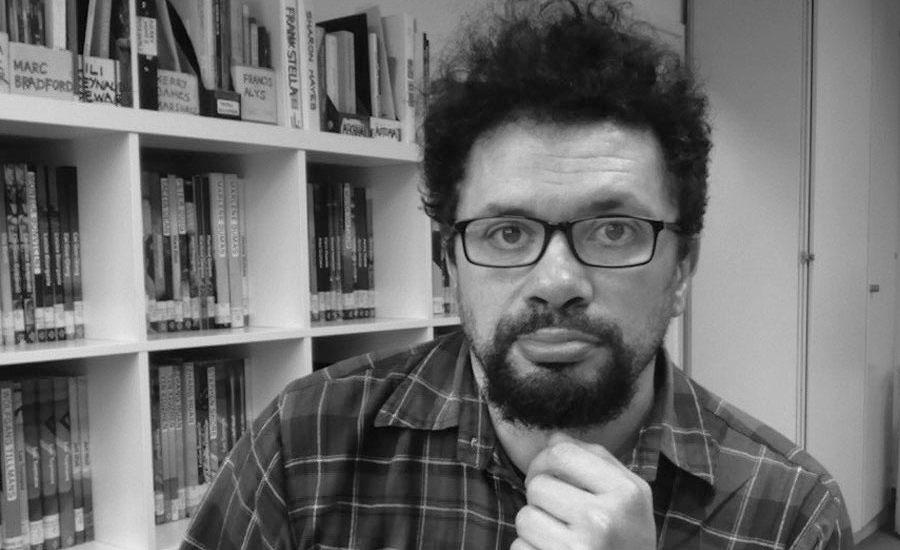
Michele Robecchi on 25 years of Phaidon's Contemporary Artist Series
Phaidon's Commissioning Editor talks about the series' beginnings, why he always wants the books to 'introduce, celebrate and surprise', and what he's learned from working so closely with artists over the years
No one knows our Contemporary Artist Series better than Michele Robecchi. The Italian-born, London-based writer and curator is Commissioning Editor at Phaidon, responsible for, among other things, this canonical series of monographs.
In this interview, conducted to mark the series’s 25th anniversary, he talks about the way he works with artists, how he first came to be involved with fine art, and why he prefers to write about, rather than create contemporary works.
When was the Contemporary Artist Series launched and by whom? The Contemporary Artists Series was launched in 1995 by Iwona Blazwick, the Director of the Whitechapel Gallery, who at the time was an editor at Phaidon. Despite its illustrious history, Phaidon didn’t really have a contemporary art program back then. Iwona conceived a series of monographs where the work would be discussed through multiple authors. If you look at the Aperto section at the Venice Biennale in 1993 or at Parkett magazine, you can see how in the 1990s there was a preference for having plural viewpoints on a subject rather than relying on a single authoritative figure. Iwona’s vision was perfectly aligned with the zeitgeist. Most importantly, she wanted to make sure that the voice of the artist would be heard – a key point that has made the books in the Contemporary Artists Series unique.
What’s the thinking behind the current CAS list and how has it changed over the years? The CAS’s scope, in my view, is to reflect the current cultural climate, not to dictate it. Occasionally we dare to propose artists that have been making relevant work without having the recognition they deserve but in general the thinking behind the list keeps changing from time to time. Initially it was pivotal to have artists that would validate the series. After twenty-five years or so, it is often perceived as the other way around. For my money, I would like the CAS to maintain an edge. These books are designed to introduce, celebrate and surprise.
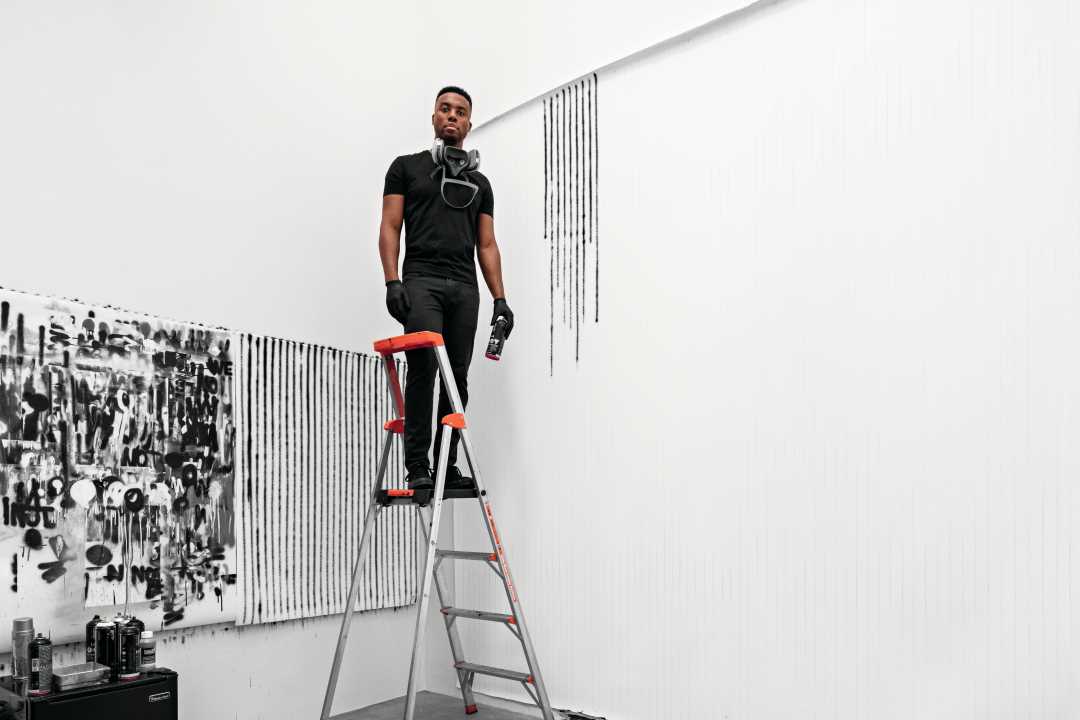
Who have been the artists that you have really enjoyed working with over the years? I have learned something from every artist I have worked with. It is interesting to see how many different approaches can exist on the same basic concept. Every book is a surprise in that regard. Some obviously worked out better than others but in all fairness each experience is inevitably coloured by my feelings at the time.
How do you go about putting one of these books together? The simple version is – we contact the artists first; once we secure their interest, we select the authors for the three main texts together. We then start laying out the book, and once we reach a place where everybody is satisfied, we go to print. The shelf life of our monographs is quite long. Artists are aware of the importance of creating a document that will stand the test of time, which often results in delays, but given the choice of having a non-perfect product out on time, versus a perfect product late, I always go for the latter, even if that invariably generates issues. As a fellow writer, I have the utmost respect for the people who contribute to our books and I give them the same degree of attention I do for the artists. Last minute changes are par for the course. Flexibility is key in this job.
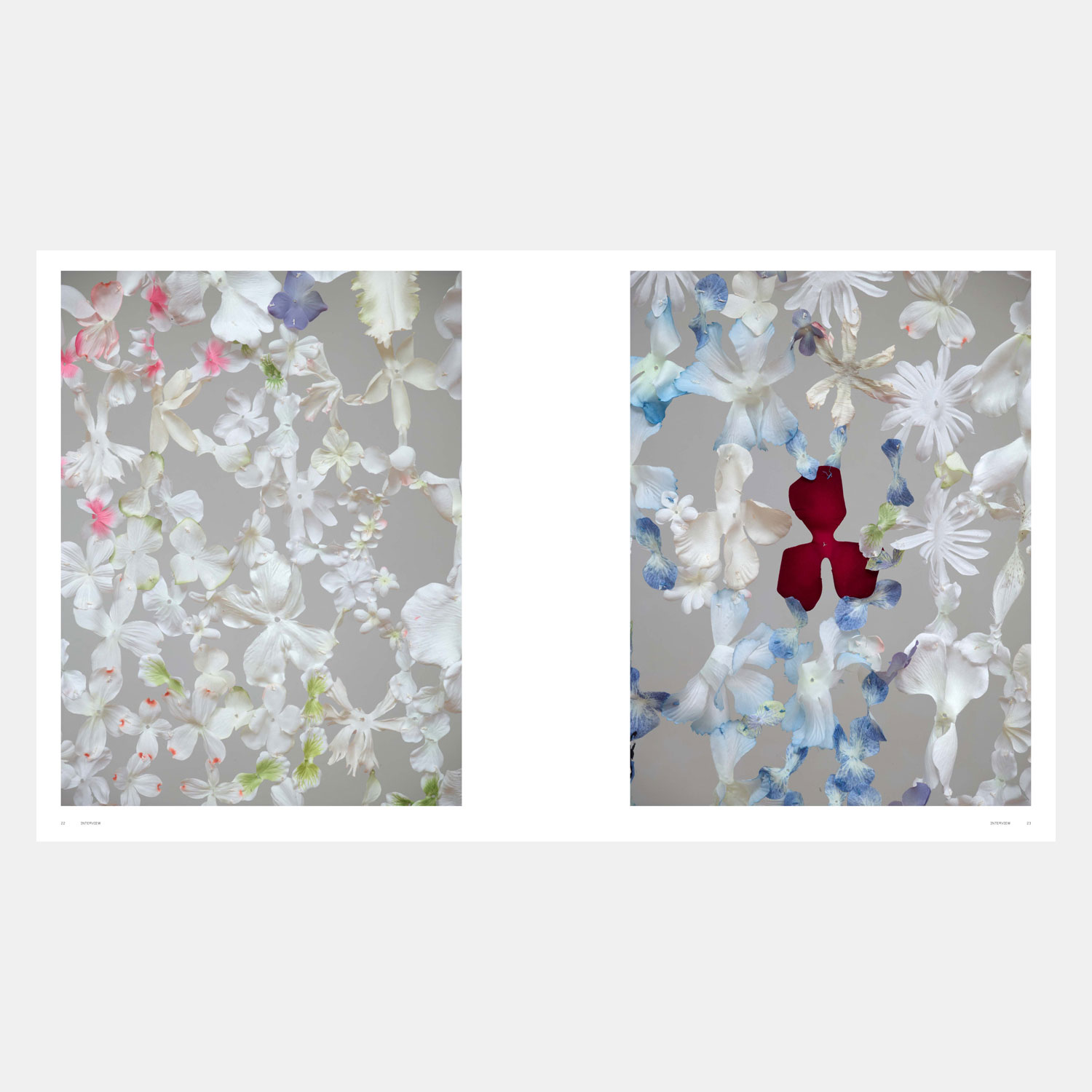
What’s the criteria for choosing an artist and who would you like to get who you haven’t been able to get yet? The basic requirement for an artist is to have enough work to fill a 160-page monograph. Other than that, I tend to work with artists I like (it always makes things easier) or that I feel fit well within the series. I tend to see the CAS as a whole; so geographical, gender, generational and media variety is important. I have a long wishlist of artists I would like to work with. So far the majority of artists I have contacted were kind enough to accept our invitations. There are a couple of impossible dreams but I am confident I will get there with time. I am also lucky in the sense that the CEO, the publisher and the owners of Phaidon fully understand the importance of the CAS and give it unconditional support.
Can you tell us a bit about the next books in the series: Cecily Brown, Adam Pendleton and Jim Hodges? Cecily Brown and Adam Pendleton have been massively invested in the making of their books. They were very generous with their time, open to suggestions and fun to work with. They seem to be very pleased with the way their book came out which is the best possible reward for an editor. In Brown’s case I am especially happy with the way we were able to reproduce her work. Her paintings can be tricky to get right but I think our production department delivered in a big way. Most of Pendleton’s publications so far were project-oriented. This is the first comprehensive book about his work and I think he and his team could see how important it was to get it right. Jim Hodges is still in the making!
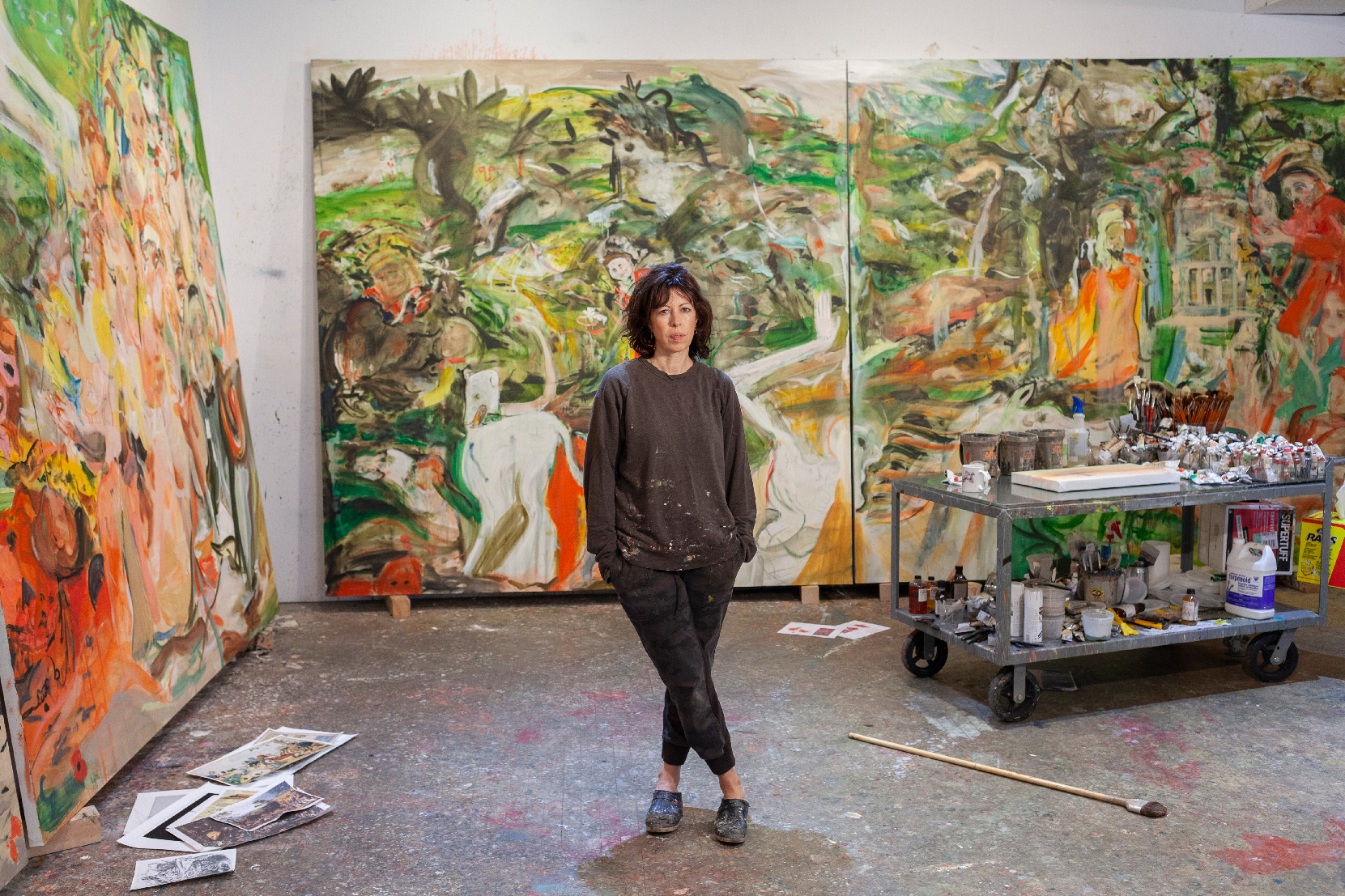
What was your own first brush with art as a kid and how did it make you feel? I grew up in a country where there is art anywhere to the extent that for a long time I took it for granted. I guess what made me gravitate towards contemporary art was the notion that it is art in the present tense. Pop art was especially important as it elevated to art status subjects that reflected my surroundings. My background is theatre design. When I was a student I had no concept of what a contemporary artist was. It was a choice driven by the necessity of studying art with a practical outlet attached to it. It didn’t work out but it gave me an appreciation for exhibition making and performance that otherwise I probably wouldn’t have. I started working at magazines like Contemporary and Flash Art. It was a fun time because magazines had prime access to an astonishing amount of information, and the responsibility of putting it out in a way that would paint a fair picture while resonating with the public’s expectations and appetite for education was enormous. I also organized exhibitions and edited some catalogues, which gave me a taste for book publishing. That’s how I ended up at Phaidon.
Did you ever make art yourself? Not really. I was in a few student shows when in college. I occasionally dabble in performance art when invited but I am happy with what I do. Contrary to the cliché, not all writers are frustrated artists. I never subscribed to the notion that some people are creative and others just watch them create. Just as it’s important to make art and show it, it’s also important to talk about it.
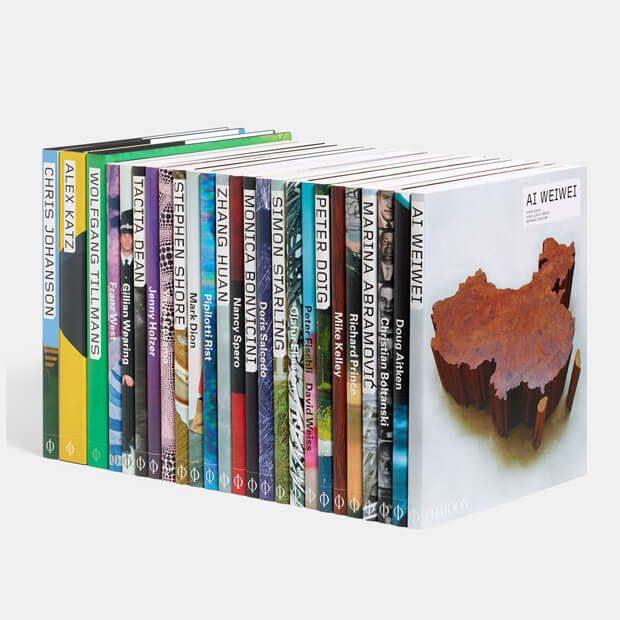
To find out more about the books Michele mentions here, take a look at our Contemporary Artist Series here.